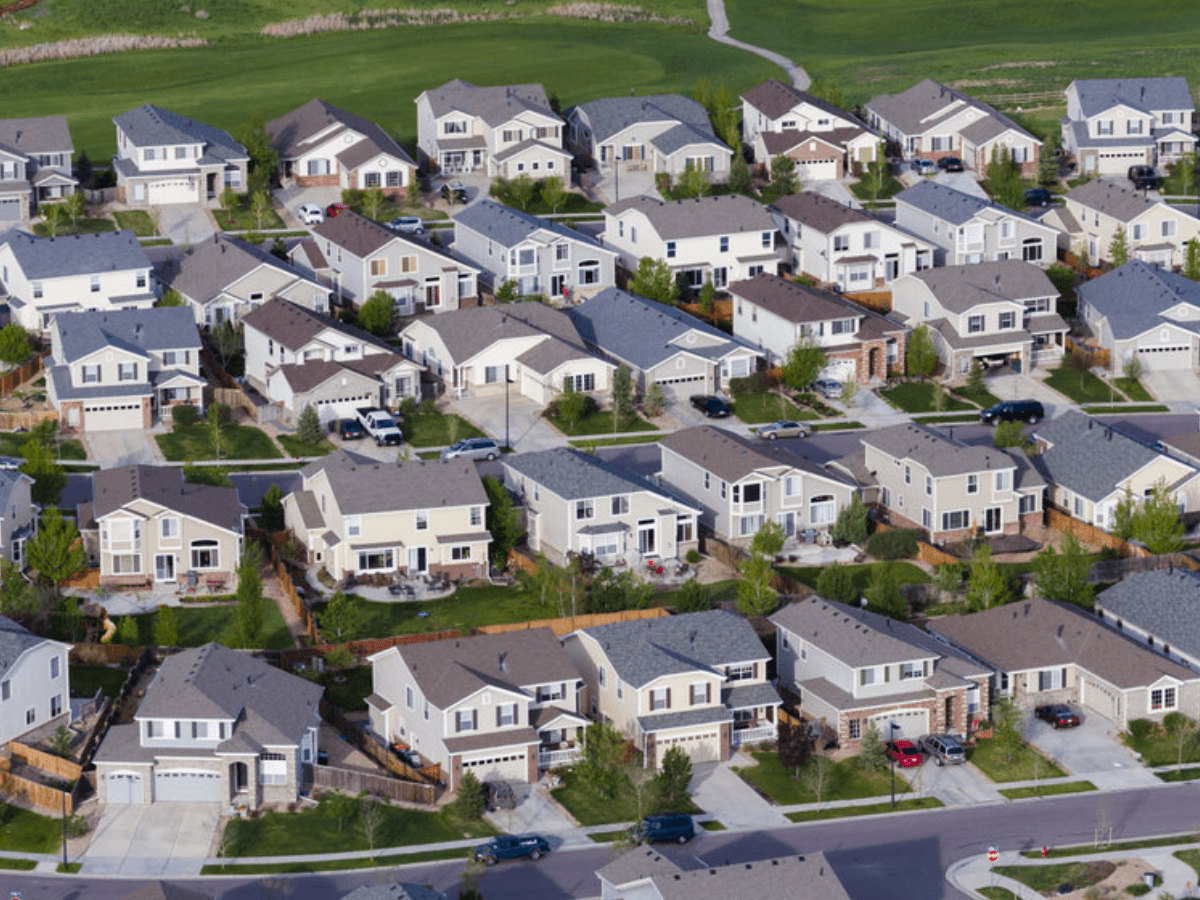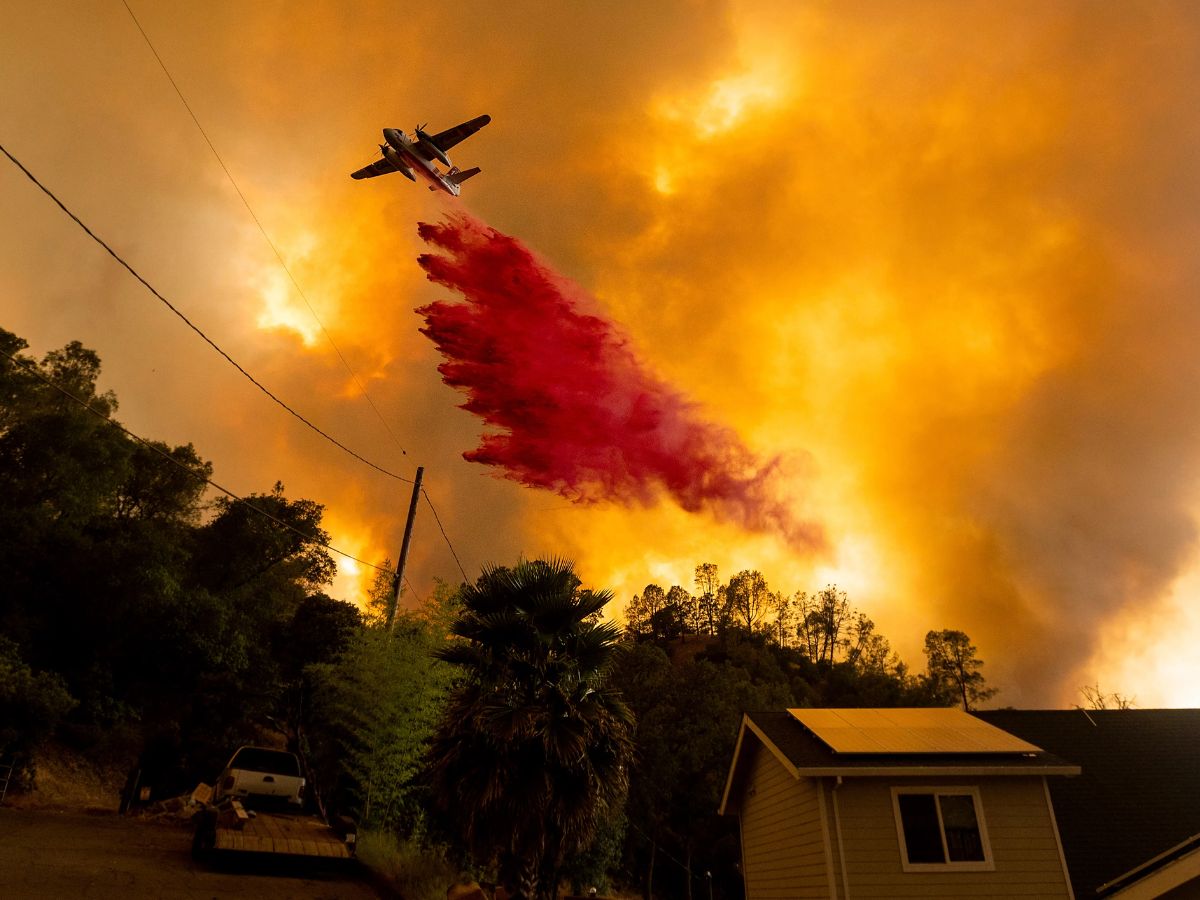
Climate Risks Are Boosting Home Insurance Costs in U.S.
Extreme weather events are leaving a lasting mark on the U.S. insurance and real estate markets. From devastating wildfires in California to unexpected snowstorms in the Gulf Coast, homeowners are being hit with rocketing insurance costs as climate risks mount.
Last week, Florida was battered with an unprecedented snowstorm: snowfall possibly broke the 70-year-old state record of 4 inches. Southern states collectively face estimated losses of $15–$17 billion due to that rare weather event, according to AccuWeather.
Meanwhile, California continues to battle massive wildfires: the Palisades and Eaton fires alone have destroyed more than 55,000 acres and 16,000 structures. The insured losses for those fires have already hit $45 billion, according to Cal Fire. The fires are straining emergency crews statewide as blazes erupt in San Diego and Ventura County.
On a global scale, unchecked climate risks could cost the world economy up to $38 trillion a year by 2050, a figure that rivals the financial crisis of 2008, according to a study published in Nature.
For real estate, the outlook is just as grim: S&P Global Market Intelligence projects climate risks could obliterate $559 billion in global real estate value—28% of its current worth—by 2050.
Why Home Insurance Is Getting Pricier
Home insurance premiums in the U.S. have jumped 33% from 2020 to 2023, from an average of $1,902 a year to $2,530.
Economist Philip Mulder says the surge in reinsurance costs—nearly doubling between 2018 and 2023—has been a major driver. And these increases are largely passed on to homeowners, with those in high-risk areas feeling the biggest pinch.
In disaster-prone zones, annual insurance costs were about $500 higher in 2023 compared with low-risk areas—a sharp uptick from the $300 gap recorded in 2018.
And regional disparities in premium hikes are stark. Florida, heavily reliant on reinsurance, was inflicted with steeper premium hikes than neighboring Georgia, where reinsurance exposure is lower.
While high-risk areas are seeing costs surge, parts of the rural Midwest and smaller counties are bucking the trend.
For example, Michigan’s Alpena County registered a 38% slide in premiums, and Brooks County, Texas, reported a 42% plunge as shrinking oil industries chip away at demand for insurance. Meanwhile, consolidated farms and declining small-town populations have contributed to double-digit premium cuts in other rural regions.
Record-Setting Weather Disasters
The U.S. faced 27 billion-dollar weather disasters in 2024, causing $182.7 billion in damages and claiming 568 lives, according to NOAA. This is the fourth-costliest year since records began in 1980.
By comparison, 2023 saw 28 billion-dollar disasters with damages totaling $93 billion—the highest annual total on record.
Insurers Retreating from High-Risk Areas
The escalating scale of destruction is pushing insurers out of high-risk regions. In Los Angeles’ Pacific Palisades neighborhood, for example, exposure under California’s FAIR Plan—the state’s insurer of last resort—leapt from $436 million in 2020 to nearly $3 billion in 2024.
That shows the growing reliance on FAIR as private insurers like State Farm retreat from wildfire-prone areas.
Statewide, FAIR Plan policies jumped 168% from 2016 to 2023 as exposure climbed 61% in just one year. Unfortunately, public plans like these tend to come with higher costs and limited coverage, leaving homeowners more vulnerable.
Similar scourges are unfolding across the U.S. In wildfire zones, floodplains, and hurricane-prone coasts, insurance is becoming harder to obtain and more expensive to maintain. This is forcing many homeowners to retrofit their properties for resilience, often without sufficient financial aid.
Rising Costs Hit Homeowners Hard
Higher insurance premiums are ratcheting up the strain on homeowners in high-risk areas. For some, it’s making homeownership increasingly unaffordable.
Beyond direct costs, rising premiums can affect credit scores, a critical factor for mortgage approvals. Prospective homebuyers in high-risk zones face steeper costs, which could dampen demand and cause a slump in property values in those regions.
In today’s housing market, says Realtor.com’s Hannah Jones, high housing costs are becoming a bigger issue in areas prone to climate-related disasters, adding that buyers now have to consider not just the mortgage but also the insurance costs of owning a home in those regions.
Finding Solutions
As climate risks grow, the U.S. housing and insurance markets are under mounting pressure to adapt. Alabama’s Strengthen Alabama Homes initiative, for example, provides grants to reinforce roofs and improve wind resistance, helping residents better protect their properties.
But the broader fight against climate change requires collective action and investment. That means building smarter, stronger infrastructure for making communities nationwide resilient.



